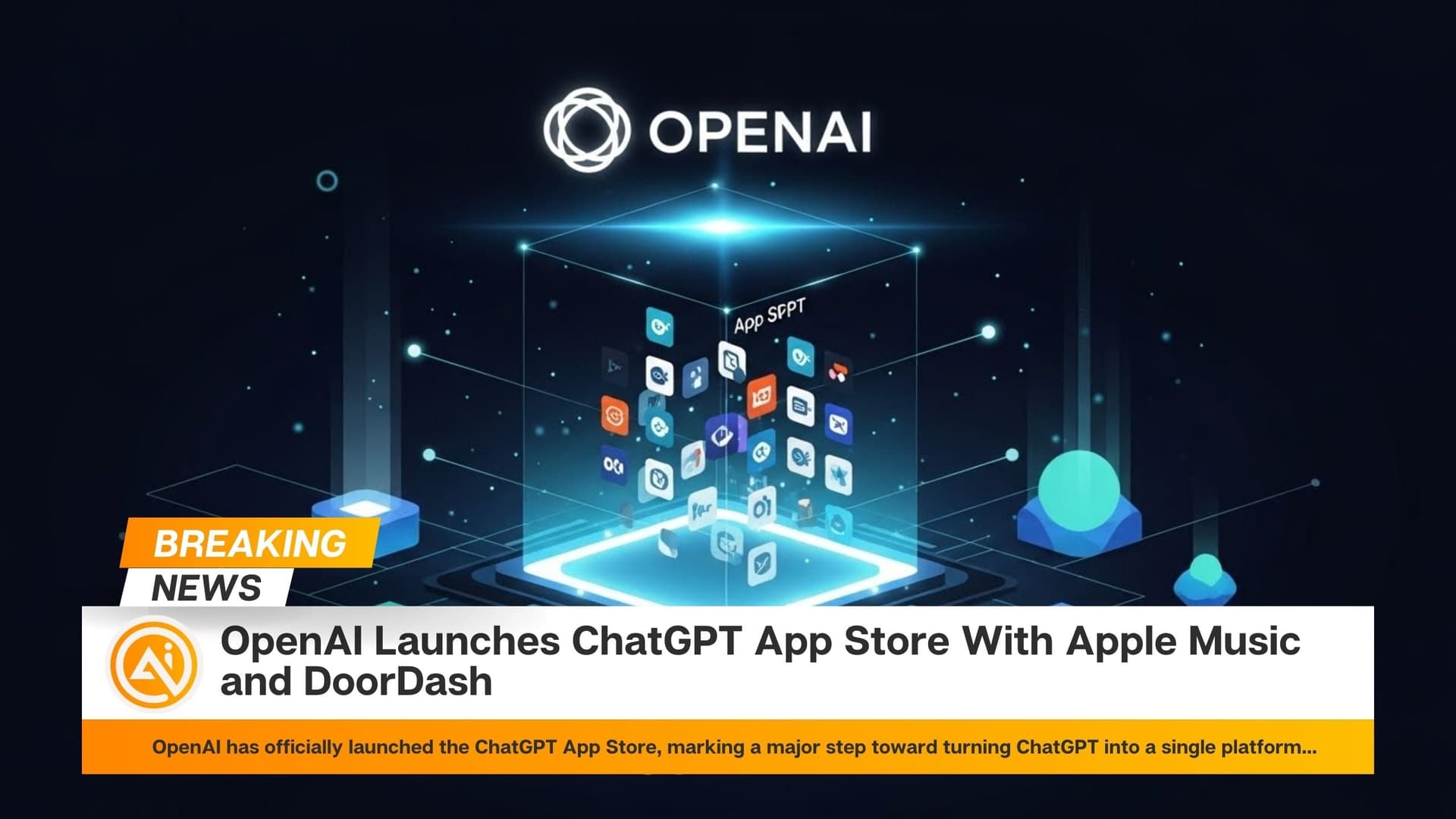C-Gen.AI, a newly launched infrastructure startup, is emerging from stealth mode with a software platform designed to address persistent inefficiencies in how AI workloads are deployed and scaled. With venture backing and leadership from Sami Kama, a veteran technologist with roots at CERN, NVIDIA, and AWS, the company is aiming to solve a growing challenge: how to maximize GPU utilization and reduce deployment friction in an era of surging AI demand.
C-Gen.AI’s platform sits as a software layer atop existing GPU infrastructure, enabling organizations to scale AI models faster and more efficiently across hybrid environments. By automating deployment, dynamically scaling clusters, and reusing GPU cycles between training and inference, the company positions its product as a remedy to costly underutilization and complex orchestration tasks that often bog down AI projects.
Kama argues that most current infrastructure stacks were built for traditional cloud computing needs, not the compute-intensive, highly dynamic nature of modern AI workloads. “We’re operating in a system built for yesterday’s workloads,” he said in the company’s official launch announcement. “GPU investments sit idle, deployments drag on, and costs balloon.”
The company’s software offers an alternative to fully managed AI services from cloud giants like AWS, Microsoft Azure, and Google Cloud, particularly for three core customer segments: AI startups, data center operators, and large enterprises.
For startups, the appeal lies in cost control and speed. Many young AI companies face steep cloud bills and slow infrastructure provisioning, which can slow product development and time to market. C-Gen.AI’s platform promises to help these teams get models deployed without rebuilding from scratch or overcommitting to one provider.
Data centers, especially those outside the hyperscaler tier, may find new relevance with C-Gen.AI’s approach. The platform allows them to manage AI workloads more efficiently and monetize idle GPU resources by serving inference workloads. This opens up an opportunity to act as regional AI service providers or what the company refers to as “AI foundries.”
For enterprises, the focus is on enabling private AI environments that meet internal governance and compliance standards without requiring dedicated toolchains or risking vendor lock-in. By integrating across cloud, on-prem, and hybrid setups, C-Gen.AI seeks to provide a middle path between flexibility and control.
The launch comes at a time when industry analysts are forecasting exponential growth in AI-related infrastructure spending. Gartner predicts that global investment in generative AI will jump from $124 billion in 2023 to $644 billion in 2025. Yet alongside the surge in interest, many organizations are confronting deployment failures, spiraling costs, and mounting technical debt—all issues C-Gen.AI aims to mitigate.
While still early-stage, the company’s approach could resonate in industries where AI is moving from research to production. Sectors such as autonomous vehicles, biotech, financial modeling, and real-time analytics increasingly rely on high-performance infrastructure that can support fast iteration without runaway costs.
C-Gen.AI isn’t trying to replace existing cloud or on-prem environments but rather make them “work harder,” in Kama’s words. Whether that promise bears out across real-world implementations remains to be seen, but the platform may be hitting the market at a critical moment as AI ambition is running far ahead of infrastructure readiness.
For now, C-Gen.AI will be a name to watch as AI workloads continue to stress traditional infrastructure models and teams search for new ways to scale intelligently.
and hybrid setups, C-Gen.AI seeks to provide a middle path betweenflexibility and control.The launch comes at a time when industry analysts are forecastingexponential growth in AI-related infrastructure spending. Gartner predictsthat global investment in generative AI will jump from $124 billion in 2023to $644 billion in 2025. Yet alongside the surge in interest, manyorganizations are confronting deployment failures, spiraling costs, andmounting technical debt—all issues C-Gen.AI aims to mitigate.While still early-stage, the company’s approach could resonate in industrieswhere AI is moving from research to production. Sectors such asautonomous vehicles, biotech, financial modeling, and real-time analyticsincreasingly rely on high-performance infrastructure that can support fastiteration without runaway costs.C-Gen.AI isn’t trying to replace existing cloud or on-prem environments butrather make them “work harder,” in Kama’s words. Whether that promisebears out across real-world implementations remains to be seen, but theplatform may be hitting the market at a critical moment as AI ambition isrunning far ahead of infrastructure readiness.For now, C-Gen.AI will be a name to watch as AI workloads continue tostress traditional infrastructure models and teams search for new ways toscale intelligently.
